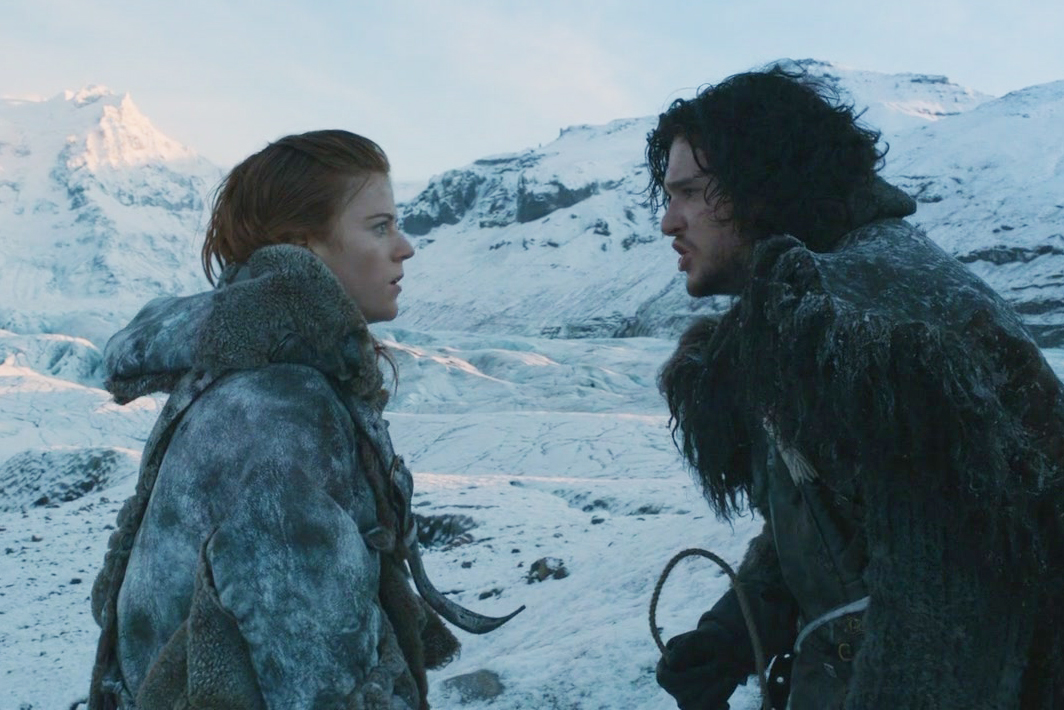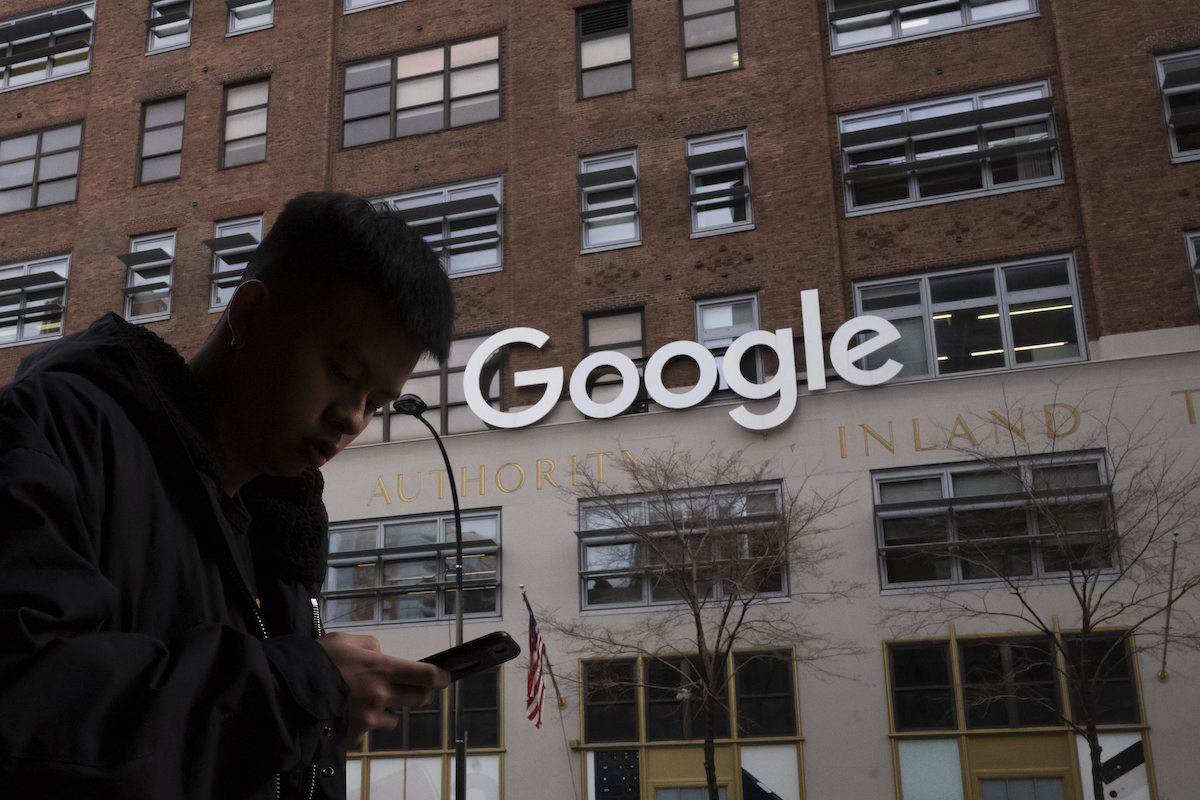Adapting a work into a different medium like TV or film is easier said than done. A book or comic series typically has an established fan base, and your job when adapting said work will (usually) be to try and balance pleasing this fan base by respectfully adapting what they love, while creating a work that is approachable for the larger public.
You also need to please the studio executives, producers and actors (all of whom have their own ideas about the movie they’re making). Hopefully you’ll also respect the work of the original creator(s) whose work you’re adapting.
With any luck, after many script drafts, on-set rewrites, takes and edits, you’ll end up with a film that tells a good, cohesive, emotionally satisfying story that pleases almost everyone.
Adapting something beloved is a pretty thankless job. Even if you create a satisfying film that makes lots of money and wins academy awards, people are still going to ask you where Tom Bombadil was.
So what makes a pleasing adaptation? There seems to be a consensus that a good adaptation means being imitative to the source material, but how well does that really work? As much as I enjoyed the Harry Potter adaptations, sometimes it felt they were slavish to the point where they were just taking the book and ripping pages out until it became condensed enough to fit into a two-and-a-half-hour movie.
That doesn’t always translate well to film or television. They’re two different mediums with different needs and ways of telling a story. What can work for one doesn’t necessarily work for the other.
When the Harry Potter films expanded their last film into two parts to include more of the final book, it left the first of the two films feeling unsatisfactory as a movie or, as my friend would describe it, “The one you skip.”
In cases like this, I wonder how much tweaking the plot and structure of that first part would have “changed” the movie to make it more engrossing and satisfying for everyone. What if, dare I say it, they went a little more…off-book?
Before you start sharpening your pitchforks and lighting your torches, let me direct you to the current seasons of Game of Thrones and Preacher. Both adaptations have garnered critical acclaim, as well as positive reactions from fans. They have also gone off-book, albeit in different ways.
In the case of Game of Thrones, a lot of their best material this season has come from the show deciding to stop dragging its feet waiting for new books. Instead, they are charging onward with the story that George R.R. Martin has given them and using the characters and pieces they have to tell a story that fits within Martin’s and the show’s narratives.
Much like a certain mopey bastard, the show now feels like it’s been given a second life, moving briskly onward and leaving everyone watching much more satisfied with the show than they were last year.
Preacher, meanwhile, has taken the opposite approach; instead of being a direct adaptation of the cult-classic Vertigo comic, the show is taking a lot more liberties with the show by moving characters and story beats around, while keeping all the characters fairly true to the ones they were on the page.
In the case of both Preacher and Game of Thrones, going off-book also allows the opportunity for everyone to be surprised and allows the adaptation to stand on its own. That’s a good thing—adaptations that are too similar to the source material can be a bit droll for readers. I remember watching the Watchmen movie thinking, “This is the book. I’d much rather just read the book.”
Surprises can be good. I was only halfway through the Scott Pilgrim series when I watched the film and I was pleased to find out the filmmakers took enough liberties that the entire story wasn’t spoiled for me. It’s okay to keep both readers and audiences guessing as long as they’re not spitting in the face of the heart and characters of the original.
Going off-book doesn’t have to be a problem for an adaptation. Sometimes off-book adaptations can lead to more satisfying reading experiences than a more traditional step-by-step adaptation.
As long as it remains respectful to the spirit of the original work, it should be allowed some room to tell a story that is able to stand more fully on its own. Ultimately, that’s what a good adaptation should do first and foremost: Tell a good story.






